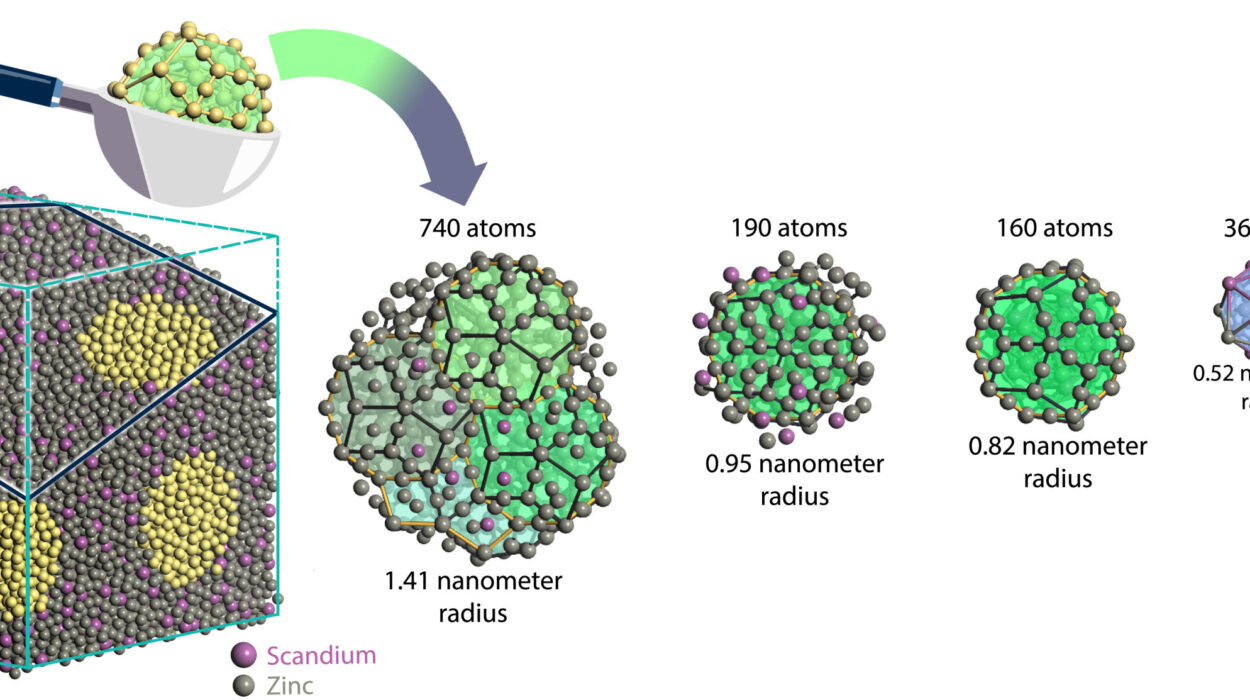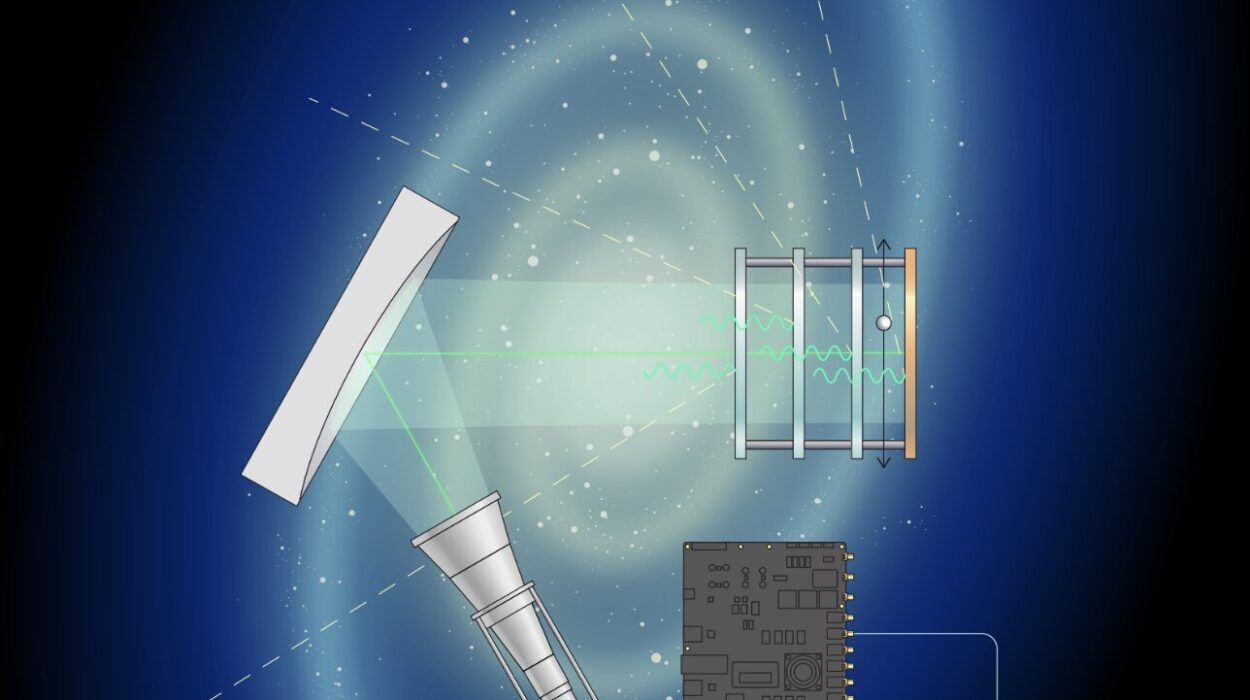For decades, quantum computing has been hailed as the next great technological revolution—an entirely new way to process information that could unlock solutions to problems beyond the reach of even the most powerful supercomputers. From simulating molecules to designing new drugs, optimizing logistics, and even cracking codes, quantum computers promise to tackle challenges that classical machines cannot touch.
But there has always been a catch. At the heart of every quantum computer are qubits, the quantum version of bits. Unlike ordinary bits that exist as either 0 or 1, qubits can be 0 and 1 simultaneously thanks to a property called superposition. When qubits interact, they can also become entangled, forming strange, coordinated states that make quantum computing so powerful.
Unfortunately, qubits are fragile. They are constantly disturbed by their environment, slipping out of superposition and introducing errors into calculations. This problem is so serious that most of today’s experimental quantum computers spend more effort fixing errors than actually doing useful work. For every “logical” qubit capable of running calculations, scientists may need dozens—or even thousands—of physical qubits just to keep it stable. Scaling up a machine with millions of useful qubits becomes a nearly impossible engineering nightmare.
This bottleneck has haunted quantum research for decades. But now, a group of scientists at the University of Sydney Nano Institute has found a way to crack part of the puzzle, using a code once thought too unwieldy for real experiments.
The Rosetta Stone of Quantum Codes
At the center of this breakthrough is a curious piece of mathematics known as the Gottesman-Kitaev-Preskill (GKP) code. For years, physicists have described it as a kind of “Rosetta stone” of quantum computing—a way to translate smooth, continuous quantum vibrations into clean, digital-like states that can be read and corrected more easily.
In theory, GKP codes would drastically reduce the number of physical qubits needed to build a logical qubit. Instead of relying on armies of qubits to watch over one another, GKP encoding embeds error correction within the very structure of a quantum vibration. The result could be a compact, efficient way to store and process information.
But there’s always been a catch: GKP codes are notoriously hard to implement. They require exquisitely precise control over quantum states, so fine-tuned that many researchers considered them nearly impossible to realize in a laboratory setting.
That is—until now.
A Gate Built on a Single Atom
In research recently published in Nature Physics, a team led by Dr. Tingrei Tan at the Quantum Control Laboratory at the University of Sydney demonstrated the first entangling logic gate using GKP qubits. Even more impressively, they built it on a single atom.
The experiment used a trapped ion—specifically, a charged atom of ytterbium—suspended in what is known as a Paul trap, a cage of electric fields controlled with lasers. Inside this delicate environment, the atom naturally vibrates in three dimensions. Each of these vibrations can be described using quantum mechanics, meaning they can act as qubits.
By carefully encoding GKP codes into the atom’s oscillations, the researchers were able to create not just one, but two logical qubits inside a single trapped ion. Then, using exquisitely controlled pulses of laser light, they entangled the two qubits, creating the quantum logic gate that forms the foundation of quantum computation.
“This is the first realization of a universal logical gate set for GKP qubits,” Dr. Tan explained. “We did this by precisely controlling the natural vibrations of a trapped ion, manipulating them as individual qubits or entangling them as a pair.”
Why Logic Gates Matter
To appreciate the importance of this milestone, it helps to understand the role of logic gates in computation. In classical computing, logic gates are the switches that process 1s and 0s. Every digital device—from smartphones to supercomputers—depends on these gates to perform calculations.
Quantum computers also rely on gates, but they operate in a completely different way. Instead of just flipping 0s and 1s, quantum gates manipulate qubits in superposition and entangle them in ways that create powerful, coordinated states. Without logic gates, quantum computers cannot be programmed to solve problems.
What the Sydney team achieved was nothing less than a demonstration that GKP-encoded qubits can form these gates—and not just in theory, but in practice, inside the fragile environment of a trapped ion system.
Bridging Complexity with Control
One of the most impressive aspects of this breakthrough is the software behind it. The team worked closely with Q-CTRL, a start-up company spun out of the University of Sydney, which specializes in quantum control. By using advanced software to design precise pulses of laser light, they were able to minimize distortions that normally plague GKP codes.
First author and Ph.D. student Vassili Matsos explained: “We store two error-correctable logical qubits in a single trapped ion and demonstrate entanglement between them. This is possible because of quantum control software that helps maintain the delicate structure of the GKP code while processing information.”
What Matsos and his colleagues did was, in essence, create a playground where quantum vibrations could be sculpted, controlled, and entangled in ways that had never been seen before.
A Hardware-Efficient Future
Why does this matter? Because it could drastically reduce the hardware burden of building large-scale quantum machines. Instead of requiring millions of fragile qubits, this method promises a future where far fewer are needed to achieve the same computational power.
“GKP error correction codes have long promised a reduction in hardware demands,” Dr. Tan noted. “Our experiments achieved a key milestone, showing that these codes can be used not just for storing qubits, but for universal gate operations. This opens the door to highly hardware-efficient quantum information processing.”
This is not just a small step forward—it is a proof that a dream long considered too difficult may actually be possible. By demonstrating universal gates using GKP qubits, the team has laid the foundation for scaling quantum computers in ways previously unimaginable.
A New Era for Quantum Technology
Across three experiments, the Sydney researchers pushed the boundaries of what is possible in quantum control. Using just a single ytterbium atom, they showed that it is possible to encode, entangle, and operate logical qubits with unprecedented efficiency.
This may sound esoteric, but the implications are profound. Every step toward reducing the hardware demands of quantum computing makes it more likely that one day these machines will move from research labs into practical use. With advances like these, the dream of simulating molecules to cure diseases, solving optimization problems in minutes, or cracking codes that protect digital infrastructure comes closer to reality.
What makes this story emotionally powerful is not just the physics, but the perseverance behind it. For years, GKP codes were seen as too complex, too fragile, too theoretical. Yet through creativity, precision, and relentless effort, the Sydney team has shown that even the most difficult ideas can be brought to life.
The Road Ahead
This breakthrough is not the end of the story—it is the beginning of a new chapter. Scaling quantum computers will still require overcoming enormous challenges in engineering, stability, and control. But the demonstration of GKP gates using a single trapped ion is a beacon, showing that the path forward may not require as much brute-force hardware as once feared.
Like Einstein’s compass that once set a young boy on a path to unraveling the universe, this experiment may serve as a guiding light for the next generation of quantum scientists. It proves that by translating fragile oscillations into stable, logical structures, we can take a step closer to taming the quantum world.
Quantum computing is not just about building faster machines—it is about expanding the boundaries of human knowledge. And with every breakthrough like this, we move a little closer to a future where the impossible becomes reality.
More information: Matsos, V. et al. Universal quantum gate set for Gottesman-Kitaev-Preskill logical qubits, Nature Physics (2025). DOI: 10.1038/s41567-025-03002-8






